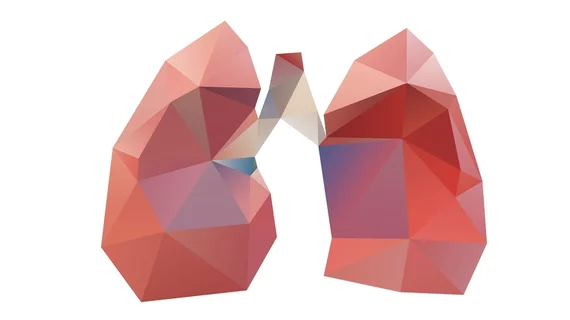Radiologist not required: Algorithm automates lung volume calculation from CTs
Radiology departments can integrate a new algorithm into their workflow that automatically calculates total lung capacity (TLC) from CT images, reported authors of a new study published in Clinical Radiology.
The algorithm—described in the Oct. 4 study—delivered “excellent” segmentation in nearly all cases, and took an average of five seconds to calculate TLC, according F. Jungmann, with the University Medical Center of the Johannes Gutenberg-University in Germany, and colleagues.
CT scans contain a lot of valuable diagnostic information, most of which is never included in the final radiology report. Some software offerings can extract these parameters, but often times clinicians still need to manually transfer the CT data to the software. This adds more steps and time to a radiologists’ workflow.
“Although information on every patient's lung volume is included in each CT examination of the chest, they are usually not quantified in daily routine,” Jungmann et al. wrote. “The present study describes a method for fully automated extraction of lung volumes from CT images that can be seamlessly integrated into the radiological workflow of the institution.”
The researchers used an open-source software to create their algorithm which assessed lung volumes calculated from reconstructions with different kernels (TLC-CT). The algorithm was validated against total lung capacity by pulmonary function testing in a subgroup of patients.
Among the 288 patients who were retrospectively analyzed, manual review yielded poor segmentation results in 13 (4.5%) patients. In the validation group, correlation between TLC-CT and TLC measured via pulmonary function testing was 0.87. Additionally, integration of the algorithm into the departments PACS was “successful” and calculation times took an average of five seconds.
Although the algorithm can calculate the average density of the lungs, the researchers noted the clinical use for their method is “questionable.” Ultimately, more research will be needed, they wrote.
“The present study has proved the algorithm's robustness and usability, and it should be evaluated further as an additional, free, and fully automated tool for extracting morphological parameters from chest CT,” the authors concluded. “This could prove useful in various clinical settings in which body plethysmography cannot be performed or changes in lung capacity could be assessed without repeating functional lung testing.”

